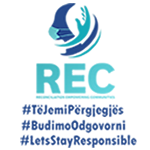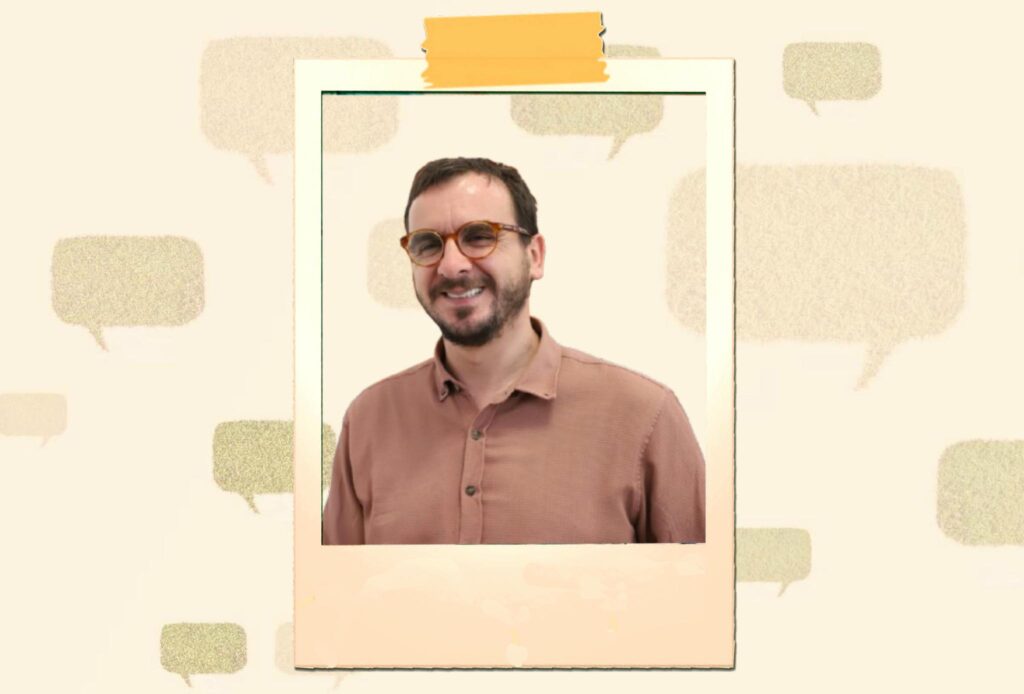What (Can’t) We Learn from Each Other?

by Qerim Ondozi
Translator
The Other is needed as proof of one’s identity because one’s uniqueness is affirmed and articulated in relation to the uniqueness of the Other. In a dialectically constructed system, the Other is only seemingly the Other; in truth, it is Myself disguised—the Other within me. In a dialectical system (and way of thinking), opposing facts are, in essence, One.”
Xhevad Karahasan, The Exodus
Who is the Other within the social and environmental landscape of Kosovo? Is the Other someone different from me in cultural, political, social, or religious aspects? Or is the Other anyone who is not me or not part of what I consider mine?
The way we perceive the Other and learn from them reveals much about ourselves. Historically Albanians and Serbs and many other peoples, some thriving, some assimilated, and some lost—have coexisted in these regions, sharing their lives and traditions. They have lived together for so long, met so often, and exchanged so much while simultaneously hating one another to such an extent that, at a certain historical moment, it becomes challenging (or even necessary?) to distinguish between what is authentically mine and what belongs to the Other.
This ambiguity often becomes the root cause of disagreements, intolerance, conflicts, and wars. What is mine, and what is yours? What belongs to me, and what belongs to you? And if there is something shared—who has the greater claim?
Me, says one—because I have been here longer. Well, not me personally, but my ancestors.
No, me, says the other—because my presence here predates even yours, and I have proof.
This is the beginning of all conflicts, not only among us but globally, whenever two groups (often strikingly similar) have clashed while claiming they are fundamentally different, avoiding a simple truth—that their similarities far outweigh their differences.
But even if differences exist, isn’t the Other a reflection of ourselves? Doesn’t the Other help us understand ourselves better? Isn’t the Other a part of us? Aren’t we all part of a single human family? Shouldn’t we strive to learn from the Other—adopting their virtues and avoiding their flaws?
Sadly, history shows us that we have often chosen the opposite, as illustrated by a few examples:
When certain Serbian circles, whether scholarly or pseudoscientific, claimed that Albanians were newcomers to the region, not indigenous but from Asia, some Albanian “experts” responded similarly, alleging that Serbian monasteries and churches were, in fact, Albanian Orthodox churches appropriated by Serbs over time. We learned to defend ourselves using the same weapon—potential lies.
When Serbian and Albanian linguistic scholars argued over whether specific Albanian words originated from Serbian[1] or whether certain Turkish words were Serbian before being borrowed by Albanians, Albanians countered by claiming that even Latin words trace back to Pelasgian origins if one goes far enough. We learned to engage in endless disputes with one another.
When nationalist Serbian factions claimed Kosovo was Serbia and Serbs were a “heavenly people,” Albanians responded with equal nationalism, producing maps with territorial claims extending beyond the current borders.
This back-and-forth becomes a race to prove who is more extreme. Both sides engage in a madness contest to see who can outdo the other. In this frenzy, we fail to realize that we all use the same tools, the same methods, unwilling to confront a painful truth for fascists, ethnocentrists, xenophobes, and nationalists alike: that we are, in fact, very similar. So similar that we feel the need to flee from each other, invent differences, and justify intolerance, conflict, murder, and exile.
Could we have learned something good from each other? Certainly.
Could we have acknowledged that our cuisines are almost identical, sharing dishes like pies, stews, goulash, kebabs, and pastries, albeit under different names?
Could we have noticed that our shared vocabulary contains hundreds of words with Ottoman roots, and that language—so deeply tied to ethnic identity—is an integral part of both individual and collective existence?
Could we have seen that our melodies and traditional music are so alike that, played on a piano without lyrics, it would be impossible to tell whether the tune is Albanian or Balkan?[2]
Could we have observed that our traditional rural attire, though differing in details, shares similar elements like woolen caps and colorful patterns common across the Balkans?
Yes, we could have noticed all of these. We could have, and with optimism, I hope we still can. Yet, both Albanians and Serbs have often chosen to return hatred with hatred, lies with lies, and humiliation with humiliation.
Meeting new generations of Albanians and Serbs gives me hope that one day we will start seeing our similarities and learning from our shared heritage. Albanians can begin with the respect and hospitality they have traditionally shown to guests, while Serbs could start from the fact that the Serbian word for “friend” and “other” come from the same root.
[1] See Anila Omari, Albanian-Serbian linguistic relations, Albanological Publications, Tirana, 2012
[2] See Adela Peeva’s documentary film, “Chia e tazi pesen?”
This publication was produced with the financial support of the European Union. Its contents are the sole responsibility of REC – Reconciliation Empowering Communities and do not necessarily reflect the views of the European Union.




